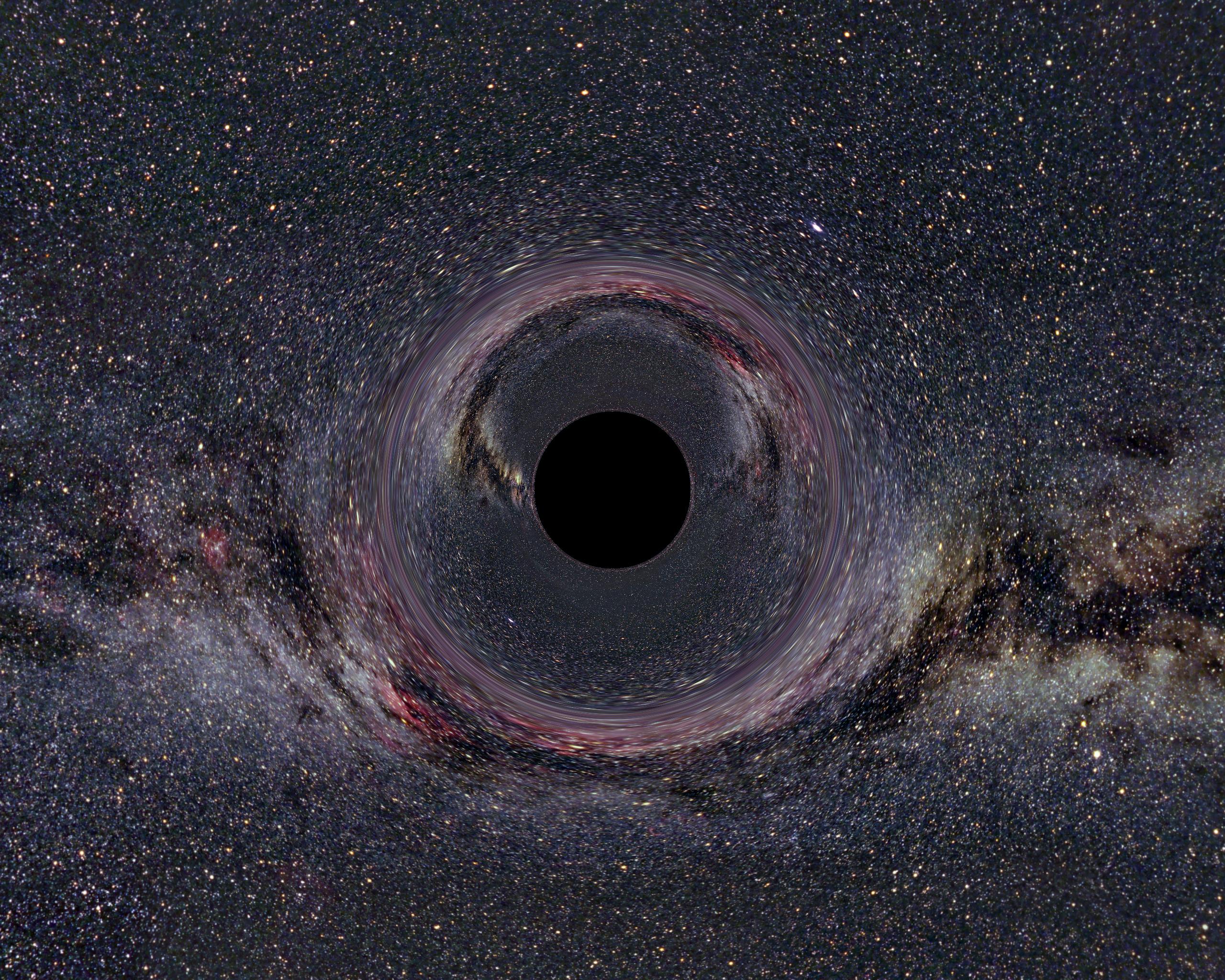
An artist’s depiction of a Black Hole. Source: Wikipedia
On January 18th, Professor Jenny Greene of Princeton’s Department of Astrophysical Sciences presented her current work on the outer stars of elliptical galaxies and the estimation of black hole mass in spiral galaxies.
Elliptical galaxies are the most massive of all galaxies. All the currently studied elliptical galaxies have supermassive black holes in their center. Professor Greene believes that the outskirts of elliptical galaxies will provide the most information on galaxy formation.
During her lecture, Greene elaborated the difficulty of studying the outskirts of elliptical galaxies, which is fainter than the Earth’s sky, making the region difficult to observe. As such, astronomers have focused primarily on the brightest part of the elliptical galaxies, their centers.
However, in 2007, the invention of the VIRUS-P instrument has allowed more detailed looks at the structures and compositions of astronomical objects that were previously too difficult to observe. VIRUS-P stands for “Visible Integral Field Replicable Unit Spectrograph – Prototype.”
The VIRUS-P’s 280 optical fibers take light from astronomical objects and break it down into component wavelengths to create a spectrum for the viewed object. From this information, astronomers can calculate the viewed object’s distance, speed, elements and compounds, and temperature.
The complete VIRUS instrument will contain 145 copies of the prototype and will be installed in the Hobby-Eberly Telescope at the McDonald Observatory, located in Jeff Davis County, Texas.
Using the VIRUS-P instrument, Greene confirmed the presence of Population II stars. Population II stars are metal-poor and much older than stars found near the middle. Professor Greene believes that elliptical galaxies gradually took Population II stars from smaller galaxies that had formed earlier.
In the second part of her lecture, Greene elaborated on water megamasers and her estimation of black hole mass. Within the center of most galaxies lies a supermassive black hole. Water molecules exist within the black hole’s gravitational flow and are energized by collisions with other particles.
These excited water particles emit maser radiation, the microwave equivalent of lasers. When these water megamasers are viewed edge-on and are less than a light year away from black holes, they provide incredibly accurate measurements of black hole mass.
Greene and her colleagues base their mass estimates on the nearly perfect Keplerian rotation of these masers and achieve mass estimates with a less than 10 percent range of error. This estimation of black hole mass has now become an indispensable tool for the field of astronomy, considering that these heavenly bodies were originally incredibly difficult to study.
Greene is currently interested in binary black hole systems, which are two black holes in close orbit to one another. This phenomenon would be the greatest source of gravitational wave in the universe and is currently only theoretical. None has been discovered so far.
Leave a Reply